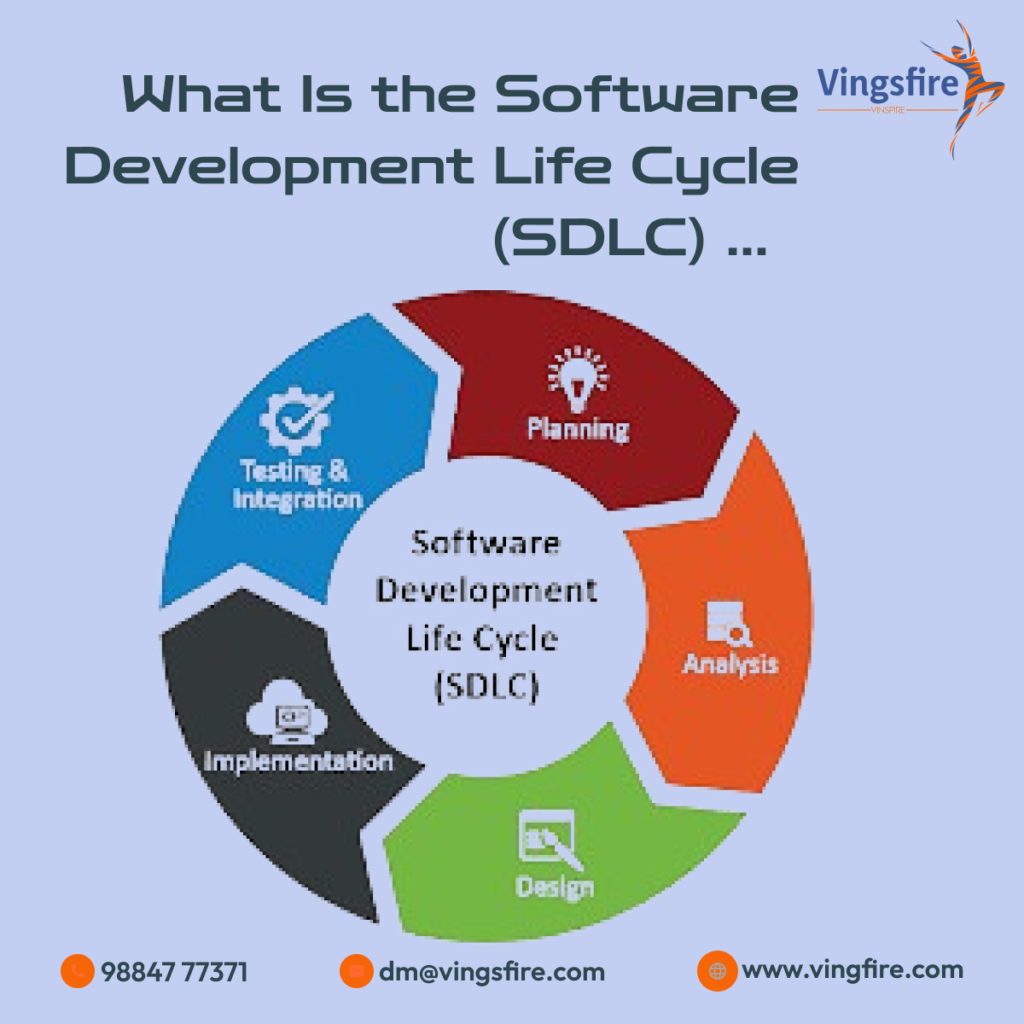
The Software Development Life Cycle (SDLC) is a crucial framework that defines the processes and phases involved in creating, testing, and deploying software applications. In this blog post, we will delve into the intricacies of the SDLC, exploring its various stages and their significance in ensuring the successful development of high-quality software. Let’s embark on a journey through the SDLC and understand how it plays a pivotal role in the world of software development.
Understanding the SDLC:
The Software Development Life Cycle consists of a series of well-defined phases, each serving a specific purpose in the overall development process. These phases typically include:
Planning:
At the outset, the project team defines the scope, objectives, timelines, and resources required for the software development project. Planning is crucial for setting expectations and ensuring that the project aligns with organizational goals.
Feasibility Study:
Before diving into development, a feasibility study is conducted to assess the practicality of the project. This phase involves analyzing technical, operational, and economic aspects to determine whether the project is viable.
Design:
In this phase, the software architecture is designed based on the requirements specified earlier. It involves creating a blueprint that outlines the structure and functionality of the software, laying the foundation for the development process.
Implementation (Coding):
This is where the actual coding of the software takes place. Developers write the source code according to the design specifications. It is a critical phase where the theoretical design is transformed into a functional product.
Testing:
The testing phase involves the systematic evaluation of the software to identify and rectify any defects or bugs. Various testing methods, such as unit testing, integration testing, and system testing, are employed to ensure the software’s reliability and performance.
Deployment:
Once testing is complete and the software is deemed stable, it is deployed to the production environment. Deployment involves making the software available for end-users, and it requires careful planning to minimize disruptions.
Maintenance and Support:
After deployment, the software enters the maintenance phase. This involves addressing any issues that arise, implementing updates, and providing ongoing support to ensure the software continues to meet user expectations.
Significance of the SDLC
The SDLC is a structured approach that offers several advantages in the software development process:
Risk Management:
By following a well-defined process, potential risks can be identified and addressed early in the development cycle, reducing the likelihood of project failure.
Quality Assurance:
Each phase of the SDLC includes testing, ensuring that the software meets quality standards and is free of critical defects before deployment.
Cost Efficiency:
Planning and feasibility studies help in estimating and managing project costs effectively, preventing budget overruns.
Effective Communication:
The SDLC encourages collaboration and communication among team members, stakeholders, and clients, fostering a shared understanding of project goals and progress.
Scalability and Flexibility:
The SDLC is adaptable to different project sizes and types, making it suitable for a variety of software development endeavors.
Conclusion:
In conclusion, the Software Development Life Cycle is an indispensable framework for guiding the development of software applications. It provides a systematic and structured approach, ensuring that software projects are well-planned, thoroughly tested, and successfully deployed. By understanding the intricacies of the SDLC, development teams can enhance the quality of their software and deliver products that meet or exceed user expectations. Whether you are a seasoned developer or a newcomer to the field, embracing the principles of the SDLC is key to navigating the complex landscape of software development.
